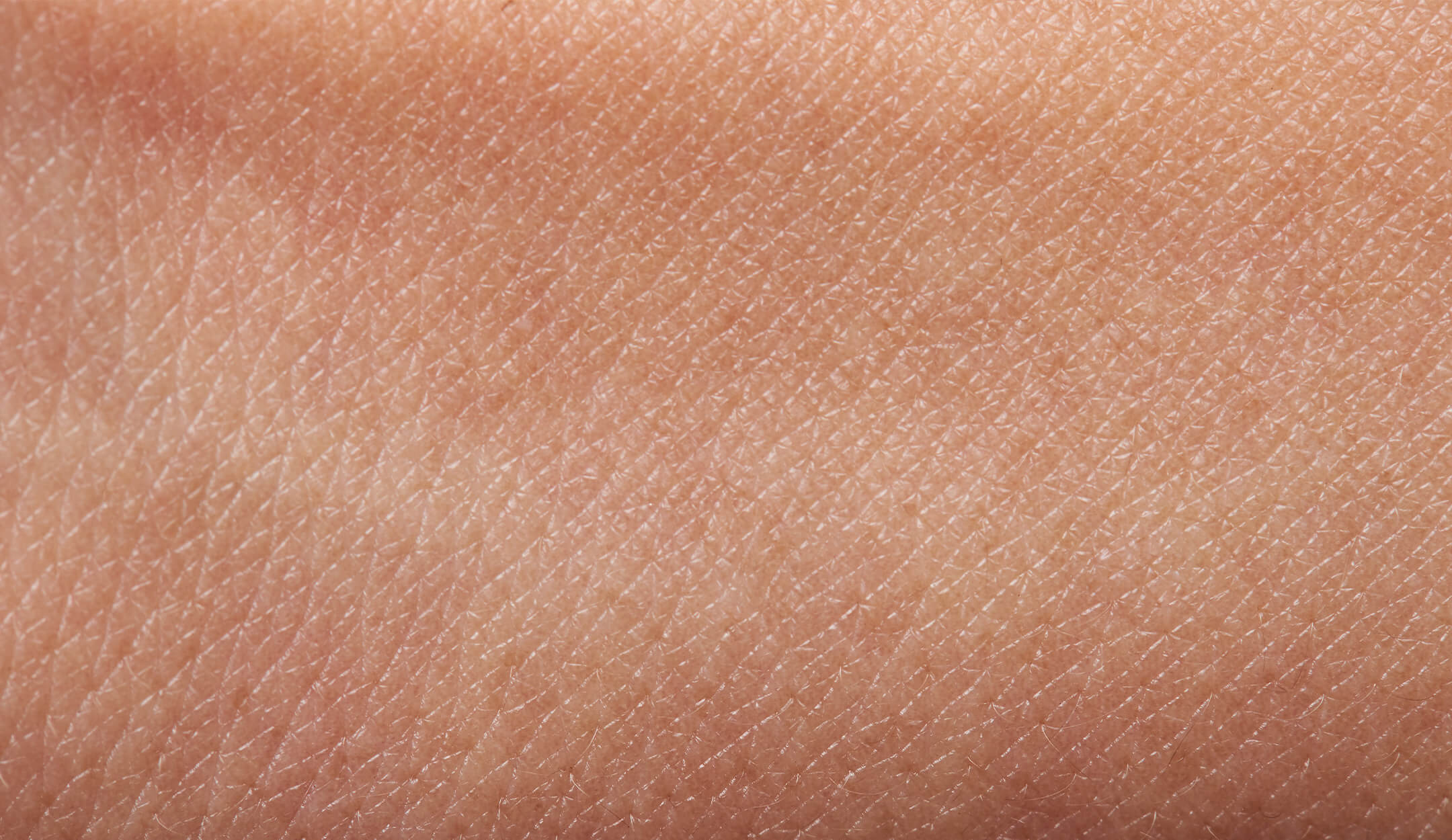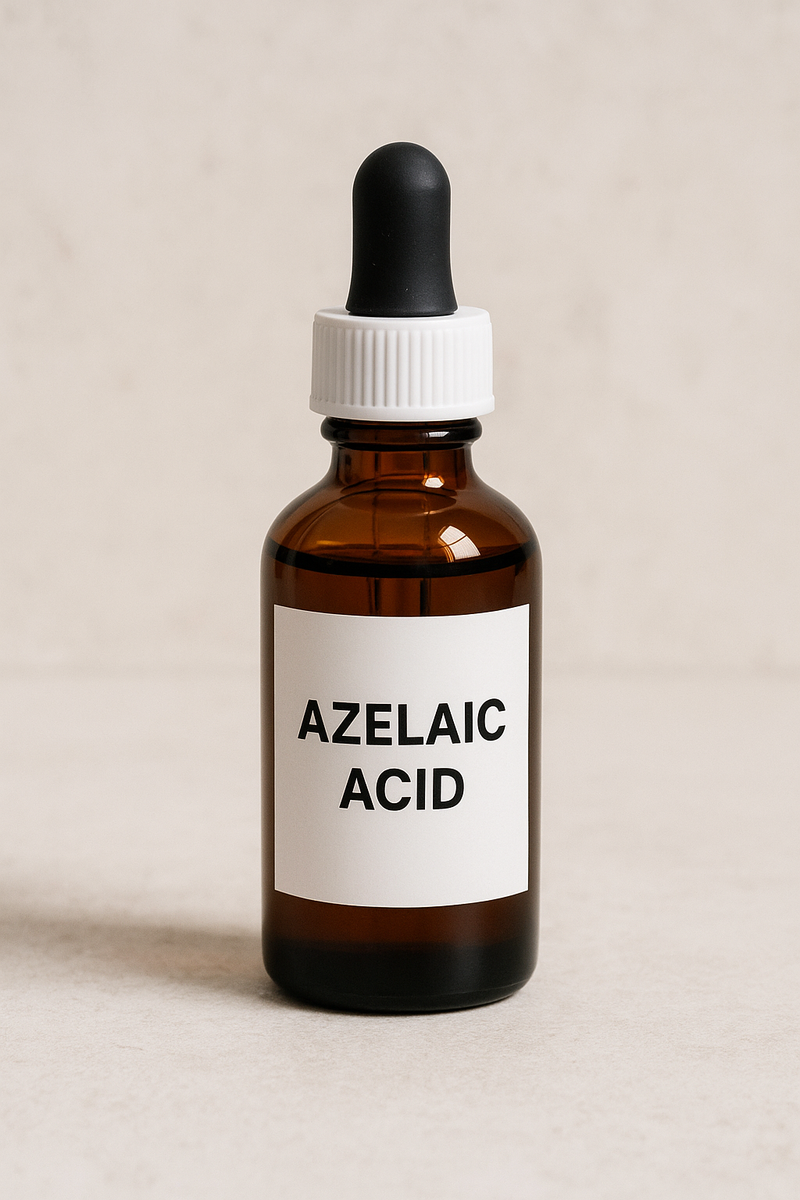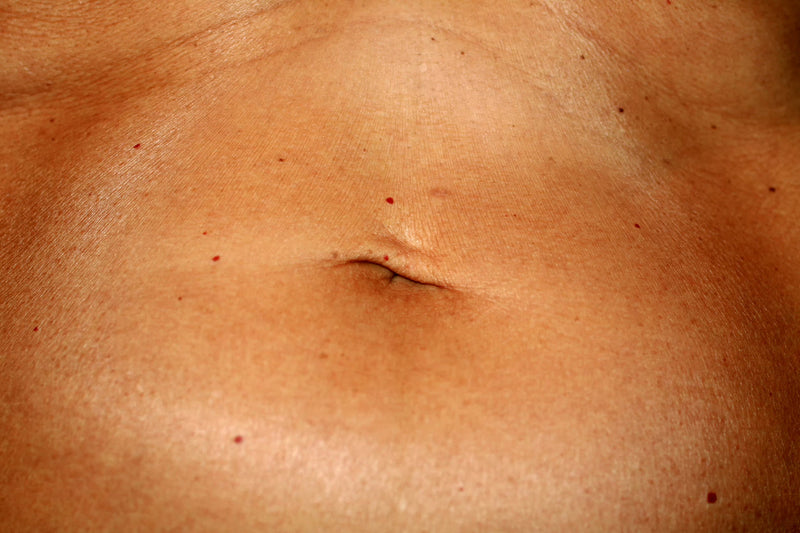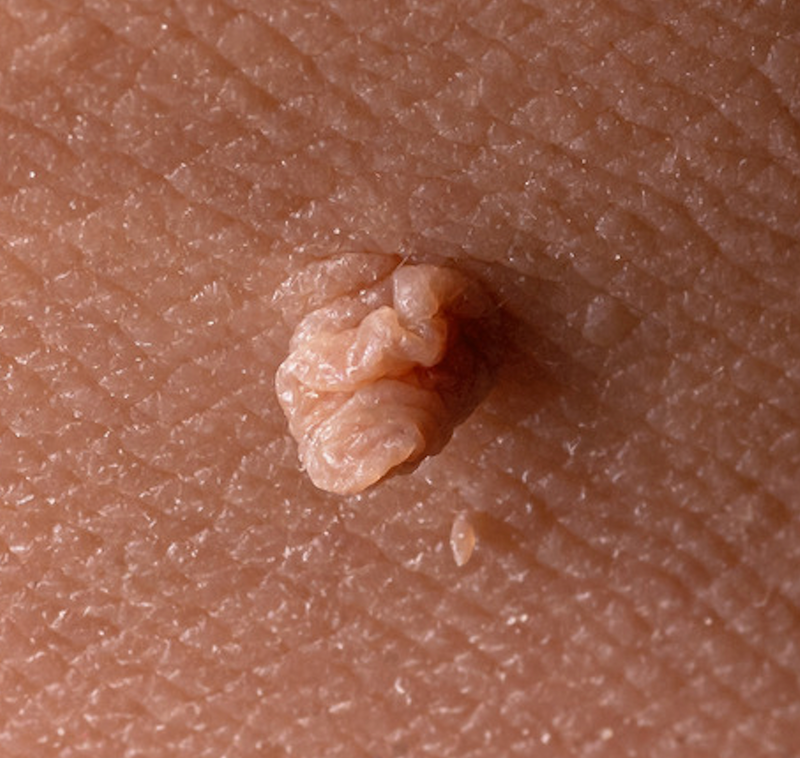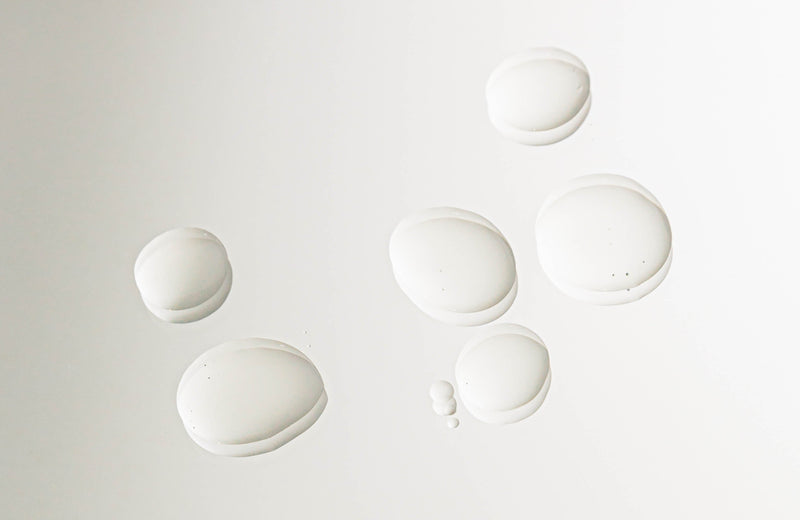The main causes of acne are sticky skin cells, excess oil production, bacterial overgrowth, and inflammation.
#1: Clogged pores
Your skin is organized like a layer of bricks stacked on top of each other. When a new set of cells grows in from the bottom, the layer of cells at the top should slough off. In individuals with acne, skin cells are a lot stickier (cohesive) and do not slough off as easily. This causes dead skin cells (corneocytes) and oil to get trapped in your pores.
#2: Excess oil production
The purpose of oil glands in your pores are to secrete oily substances to combat skin dryness. However, if skin cells are too sticky and do not slough off appropriately, then it traps the oil underneath the skin. This can lead to little pools of oil that form a pimple, also known as a comedone.
#3: Bacterial overgrowth
It is normal for some bacteria to live on the surface of the skin. However, when clogged pores trap oil underneath the skin, acne-causing bacteria (cutibacterium acnes) use that oil as fuel to grow. This leads to a buildup of bacteria in the pores that triggers the immune system to produce inflammation.
#4: Inflammation
When your immune system recognizes the overgrowth of bacteria living in your pores, it sends immune cells to attack that area to kill the bacteria. The end result is a big, red, painful pimple.
